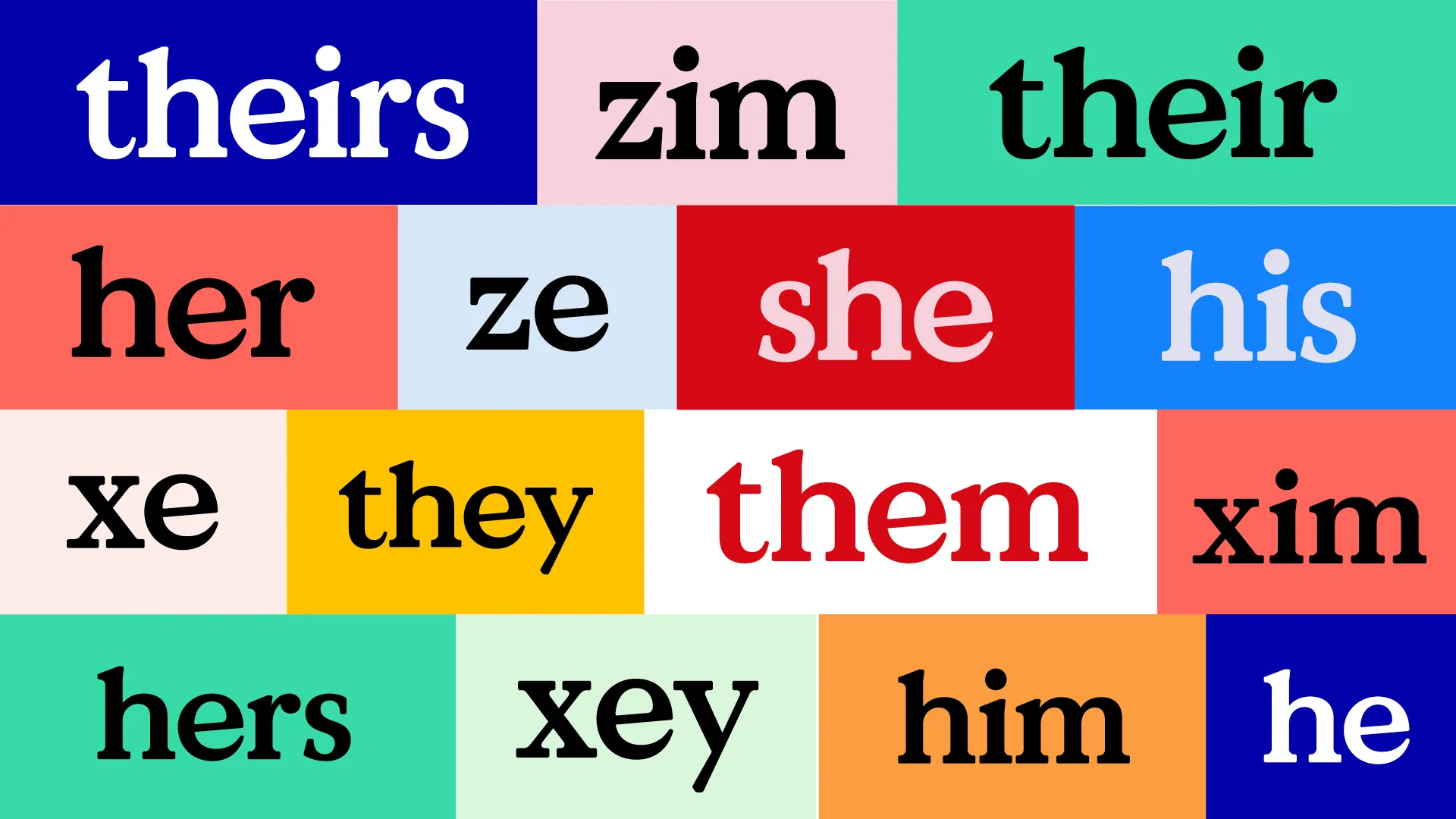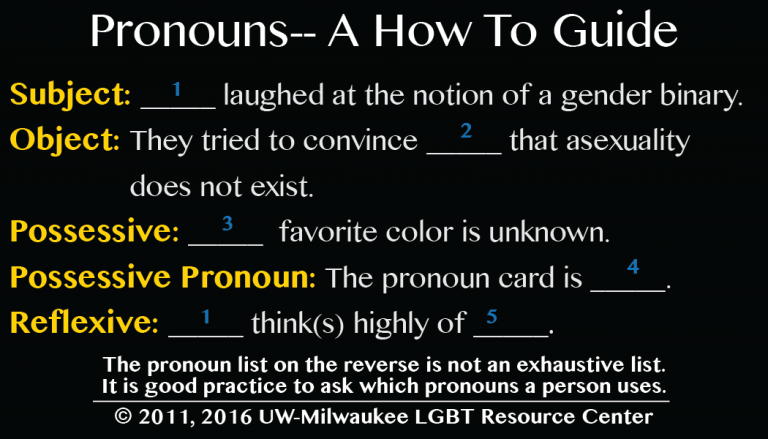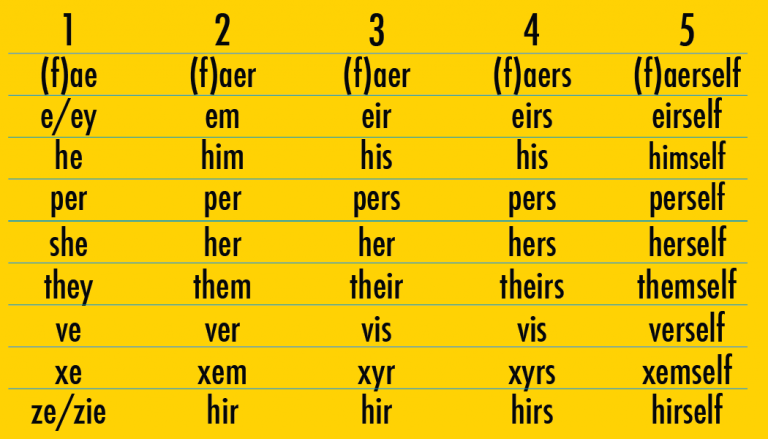Understanding Pronoun Usage in order to Foster Inclusion and Belonging at WPI

Over the course of the past several years, Worcester Polytechnic Institute (WPI) has moved in a direction of being more open and aware to pronouns and how a variety of individuals use them. During this time, many have wanted to know more about pronouns, why we have headed in this direction, and what areas pronouns can be updated/changed on WPI systems.
The Office of Diversity, Inclusion, and Multicultural Education (ODIME) is here to assist all WPI students, faculty, and staff with this. “In English, whether we realize it or not, people frequently refer to us using pronouns when speaking about us. Often, people make assumptions about the gender of another person based on the person’s appearance or name. These assumptions aren’t always correct, and the act of making an assumption (even if correct) sends a potentially harmful message -- that people have to look a certain way to demonstrate the gender that they are or are not.
Using someone’s correct personal pronouns is a way to respect them and create an inclusive environment, just as using a person’s name can be a way to respect them. Just as it can be offensive or even harassing to make up a nickname for someone and call them that nickname against their will, it can be offensive or harassing to guess at someone’s pronouns and refer to them using those pronouns if that is not how that person wants to be known” (pronouns.org).
You may hear people use 'preferred' pronouns when speaking or asking about one's pronouns, but we encourage individuals to simply use 'pronouns' or 'personal pronouns'. Here is why:
-
Preferred: to prefer or to have a preference implies there is a choice involved; however, pronouns are not a choice – they are just part of the language we use when referring to others. People are unique, so their pronouns may not be ones you are familiar with or utilized before.
-
Personal: we are not implying personal to mean private information; rather, the pronouns someone uses refers to them as a unique and individual person.
-
Pronouns: by simply saying pronouns, you avoid having to remember multiple terms and normalize pronouns outside of 'she' and 'he' exist and are regularly used.
“Only 1 in 5 transgender and non-binary youth reported having their pronouns respected by all or most of the people in their lives.” (National Survey on LGBTQ Youth Mental Health 2020, The Trevor Project)
How do you use pronouns? Check out Pronouns.org which provides some examples of various types of pronouns in sentences. Below are some visual examples of this from UW Milwaukee LGBTQ+ Resource Center:


To further normalize all pronoun usage, we encourage members of the WPI community to change their pronouns on various platforms. We have included links to instructions below:
-
Outlook (signature) – this link shows you how to edit your signature
-
This link shows you examples and explains why you should add your pronouns to your email signature.
If you would like to learn more, check out the resources below:
-
The Value of Sharing Gender Pronouns in the Workplace (Workday)
-
Additional Resources and Links (Pronouns.org)
If you would like to provide suggestions of systems that have been overlooked or if you have any specific questions, comments, concerns, suggestions, or feedback please email Mia-Kay Fuller (they/them) at diversity@wpi.edu.